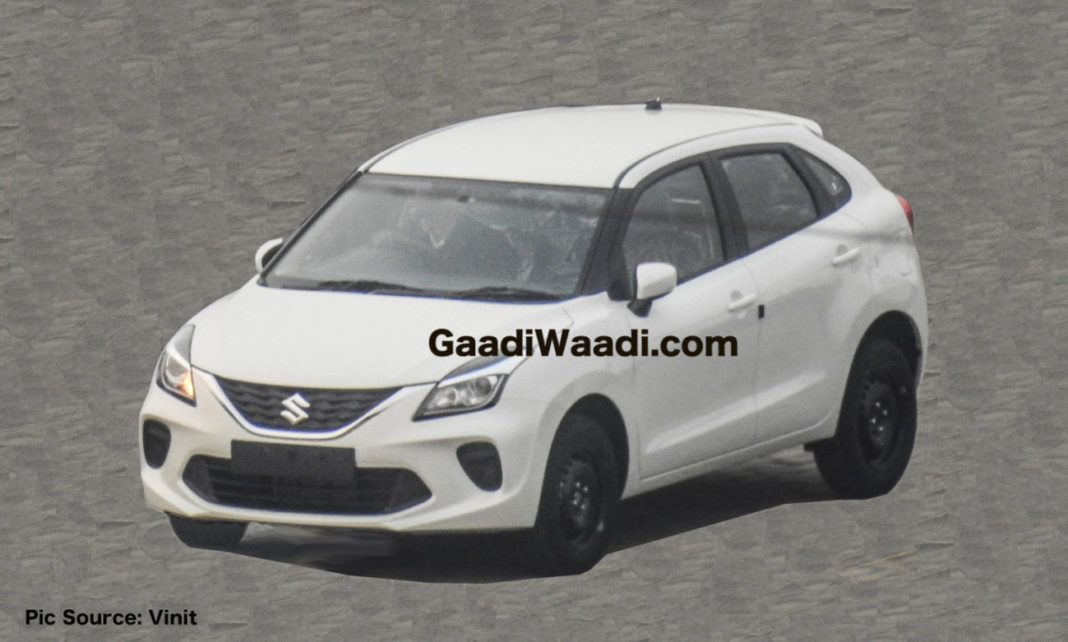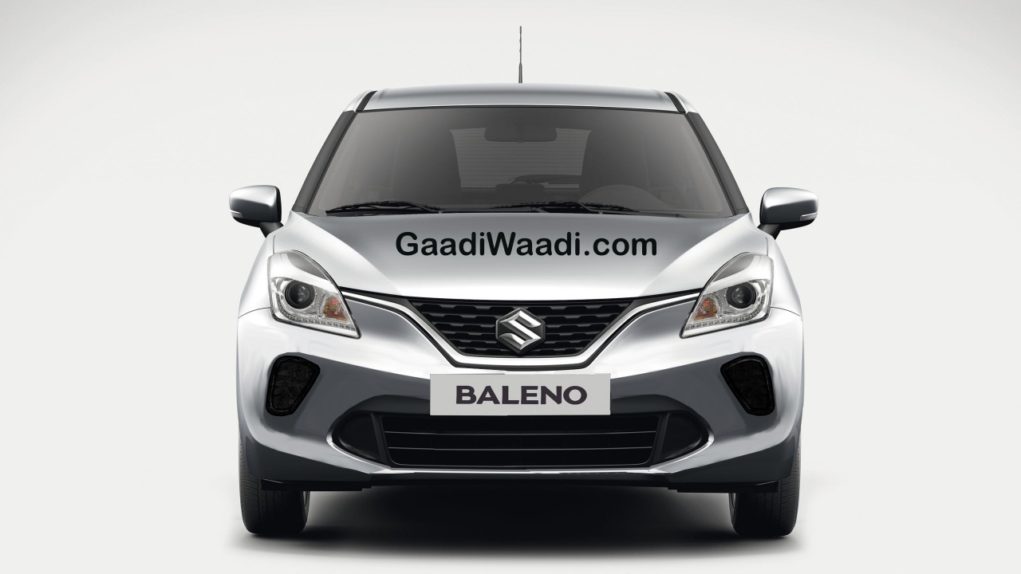
2019 Maruti Suzuki Baleno facelift gets exterior updates and more standard features with no change in performance
Maruti Suzuki Baleno can be credited with being the first true success story from the Nexa premium dealerships. The Baleno went up against the Hyundai Elite i20 that utterly dominated the segment when it was launched back in October 2015. Both the premium hatchbacks continuously traded top spots in the segment’s sales before Baleno started pulling away by creating a sizeable gap.
Despite being in the market for well over three years, the Baleno’s popularity has not faded away and the sales numbers stand in testament to that. In the last one year, the Baleno averaged more than 18,000 units monthly and the volumes were only growing up constantly compared to the previous calendar year. Maruti Suzuki wants to continue the good reception and is introducing a minor update soon.
The largest car manufacturer in the country is bringing in a mild cosmetic update to the Baleno. The strategy is to keep the premium hatchback fresh and alive ahead of a proper kick up with a new generation later in its lifespan. The update is confined to the front fascia as the bumper section gets a wider air intake with a new shape.

The fog lamp housing, on the other hand, is vertically positioned and is in a separate unit altogether. As standard, the LED projector headlamps replacing HID projectors and Daytime Running Lights will be offered. We can also newly designed alloy wheels to spice things up. The regular yearly price hike meant the Baleno will likely cost Rs. 20,000 dearer.
Several standard safety features can also be in the offing like reversing sensors, speed warning alert and speed sensing auto door lock to comply with upcoming government mandate. As for the performance, the 1.2-litre K series petrol and 1.3-litre DDiS diesel engines will continue their respective duties.
The petrol engine is connected to a standard five-speed manual transmission or an optional CVT while the diesel unit uses a five-speed manual transmission only. The 1.0-litre Boosterjet turbo petrol motor is sold in the RS variant with 101 bhp and 150 Nm peak torque.
Pic Source: Vinit Kumar
